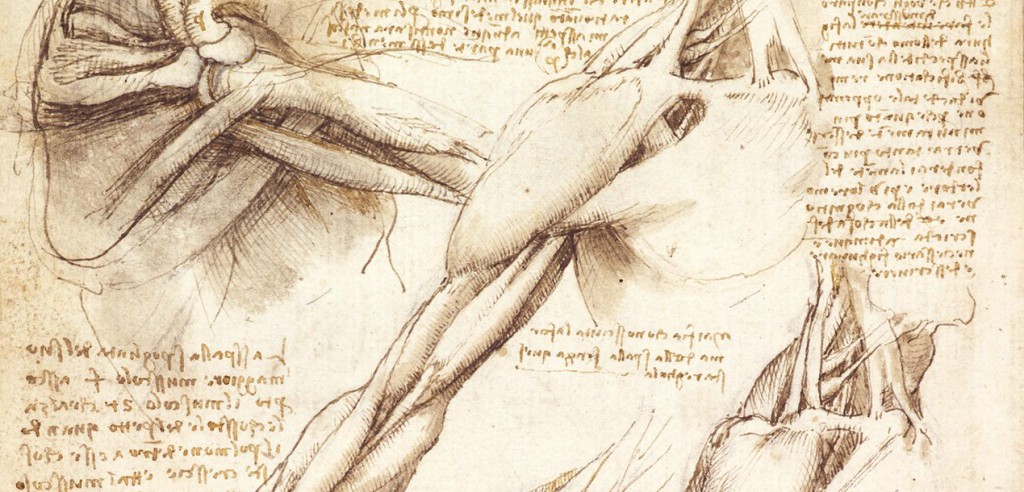The Black Death or the Bubonic plague occurred in Europe around the Middle Ages, it was an epidemic in the sense that it had almost wiped out the entire European continent as millions of lives had succumbed to this devastating infectious disease. The onset of the disease to humans believes to have started when infected fleas from dead rats had been in contact with the human population.
In the aftermath of this pandemic, there are still some important things to ponder about the Bubonic plague. For instance, when looking at the interactive map of the infected cities, from my perspective, the plague was first spotted in Messina, Italy which is located in the island of Sicily, and then the spread of the disease had conquered most of the continent, which concluded that it is somewhat likely that the plague had entered Europe though the Genoese trade route and sweep onward to the rest of Europe. Also, it is important to realize that the plague had traveled more quickly along shipping routes than overland since the plague originated in Asia and entered Europe by ships through trades between both continents. Also, we can deduce that the plague did not travel overland into France, since it had reached Valencia first, then Paris as there is a large body of water that borders both cities. Therefore, it would have been most likely spread by ships. Then, the path of the plague took so long to reached London when it was already nearby Paris is due to the fact that Britain is an island and it is almost isolated from the rest of Europe, plus France and England were never the best of friends, therefore relations were probably stiff and there was a low probability of people migrating there that could have contributed to the rapid spread of the disease.
As a final point, I believe the interactive map helped me better understand the transmission of the Bubonic plague, since it gave me a starting point, where the disease may have entered Europe and the cities it had wreaked havoc on in that part of the world.




